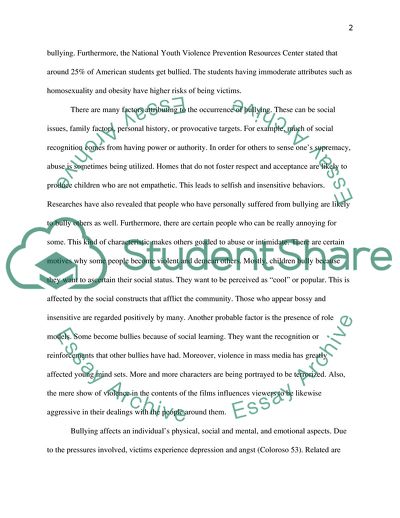Cite this document
(What Drives People to Bullying Term Paper Example | Topics and Well Written Essays - 2500 words - 1, n.d.)
What Drives People to Bullying Term Paper Example | Topics and Well Written Essays - 2500 words - 1. https://studentshare.org/social-science/1788909-why-do-people-bullying
What Drives People to Bullying Term Paper Example | Topics and Well Written Essays - 2500 words - 1. https://studentshare.org/social-science/1788909-why-do-people-bullying
(What Drives People to Bullying Term Paper Example | Topics and Well Written Essays - 2500 Words - 1)
What Drives People to Bullying Term Paper Example | Topics and Well Written Essays - 2500 Words - 1. https://studentshare.org/social-science/1788909-why-do-people-bullying.
What Drives People to Bullying Term Paper Example | Topics and Well Written Essays - 2500 Words - 1. https://studentshare.org/social-science/1788909-why-do-people-bullying.
“What Drives People to Bullying Term Paper Example | Topics and Well Written Essays - 2500 Words - 1”. https://studentshare.org/social-science/1788909-why-do-people-bullying.


